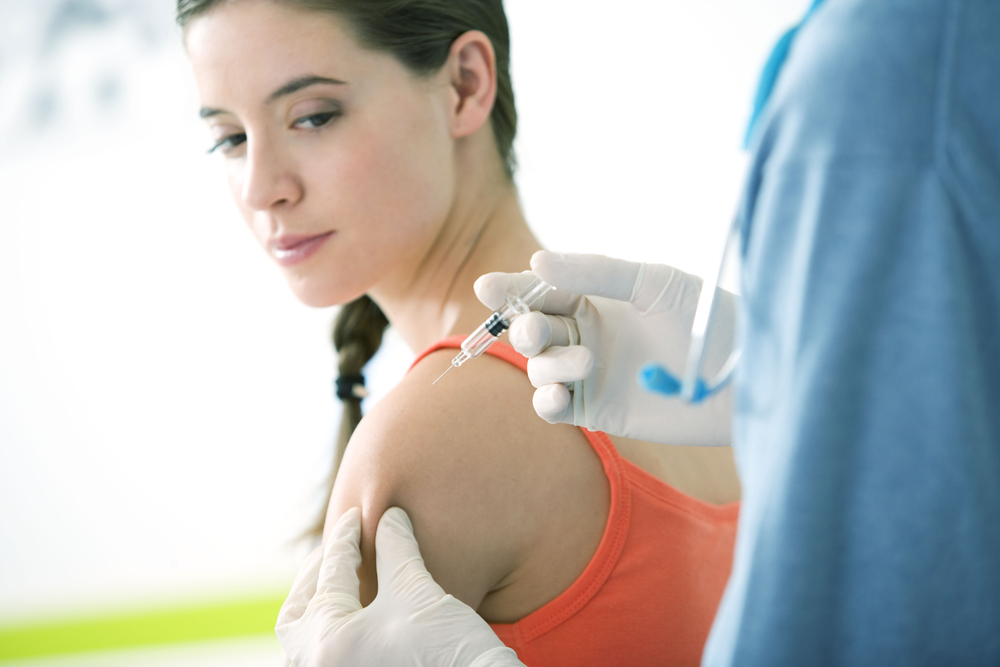
The human papillomavirus (HPV) is the main risk factor for cervical cancer. It is a group of more than 150 related viruses some of which cause a type of growth called papillomas, commonly known as warts.
Most of the viruses are harmless but around 30 types can bring about cancer. These sexually-transmitted HPV viruses are spread through contact with infected genital skin, mucous membranes, or bodily fluids, and can be passed through intercourse and oral sex.
HPV can be either low-risk or high-risk. Low-risk HPV can cause warts on or around the female and male genital organs as well as in the anal area, but they are seldom linked to cancer. On the other hand, high-risk HPV can lead to cancers of the cervix, vulva, vagina, and anus in women. In men, it can lead to cancers of the anus and penis.
Most HPV infections occur without any symptoms and go away within one to two years. Some HPV infections, however, can persist for many years. Persistent infections with high-risk HPV types can lead to cell changes that, if untreated, may progress to cancer. Both Pap and HPV tests are forms of cervical cancer screening.
Vaccination can reduce the risk of infection by the HPV types targeted specifically by the vaccine and provide strong protection against new HPV infections. It stimulates the body to produce antibodies that bind to the virus and prevent it from infecting cells.
The existing HPV vaccines (Gardasil, Gardasil 9 and Cervarix) are based on virus-like particles (VLPs) that are formed by HPV surface components and closely resemble the natural virus. The VLPs have been found to be immunogenic, meaning that they induce high levels of antibody production of the body, making the vaccines highly effective.
None of the currently available HPV vaccines protects against all HPV infections that cause cancer; thus, it is important for vaccinated women to continue to undergo screening.
The vaccines are generally recommended for use in females ages nine through 26 for the prevention of HPV-caused cervical, vulvar, vaginal, and anal cancers; precancerous cervical, vulvar, vaginal, and anal lesions; and genital warts which are given through a series of three injections into muscle tissue over a 6-month period.
-Medical Observer
Overweight and obesity are defined as abnormal or excessive fat accumulation that presents a risk to health. A body mass […]
Around 27 million Filipino adults are overweight or obese, according to the latest National Nutrition Survey conducted by the Food […]
Advances in scientific and technological knowledge have provided unprecedented advantages in terms of immeasurable convenience in our daily living, lightning-fast […]